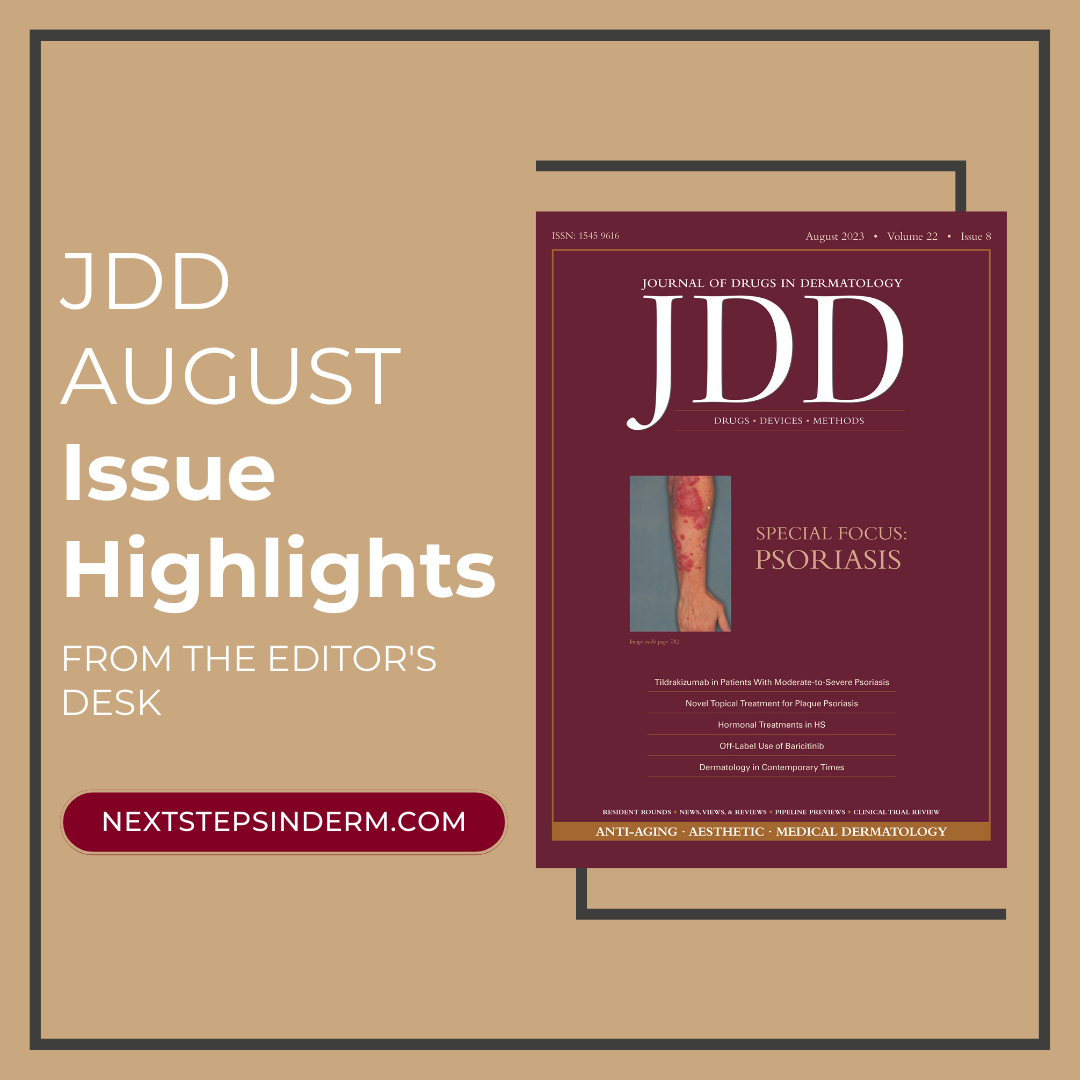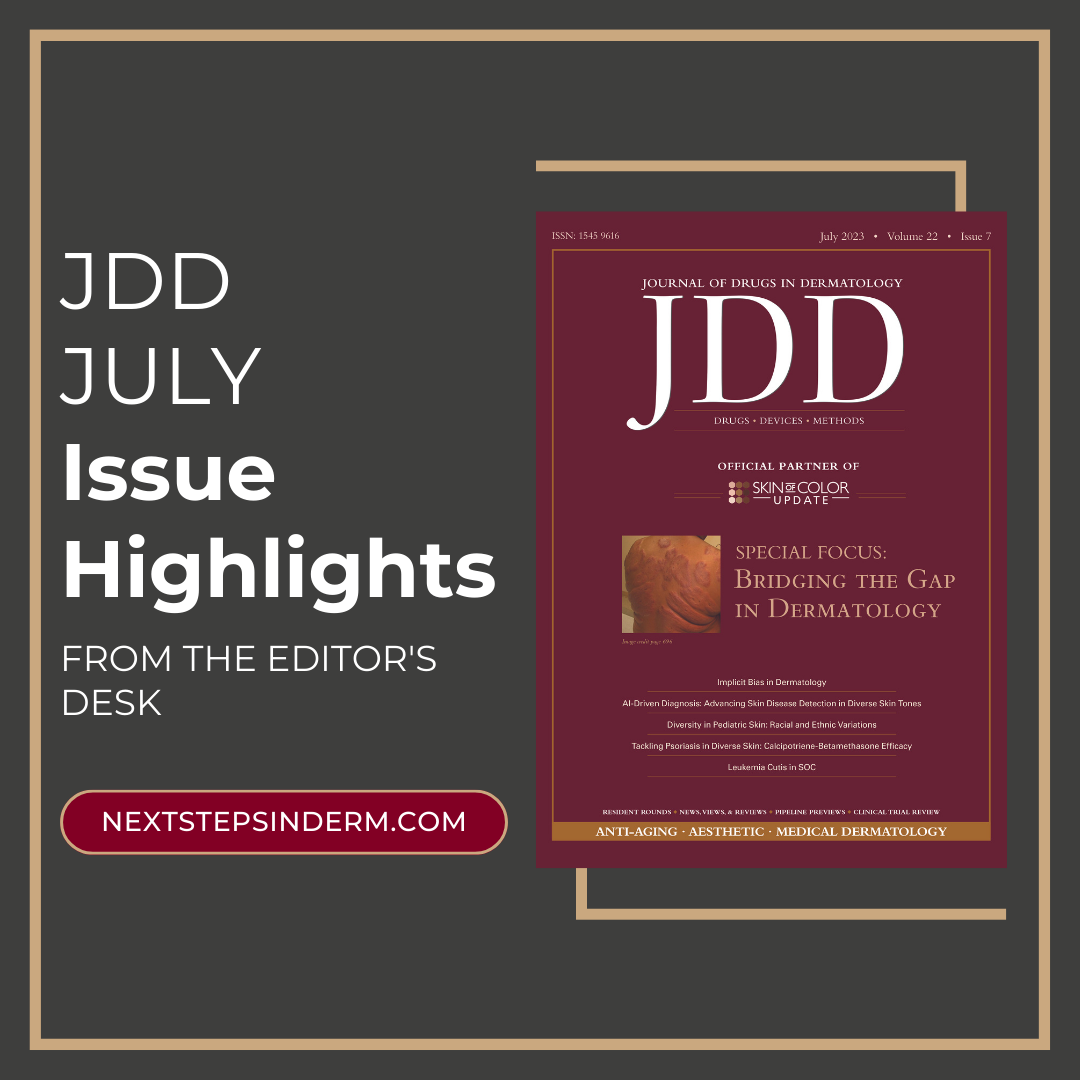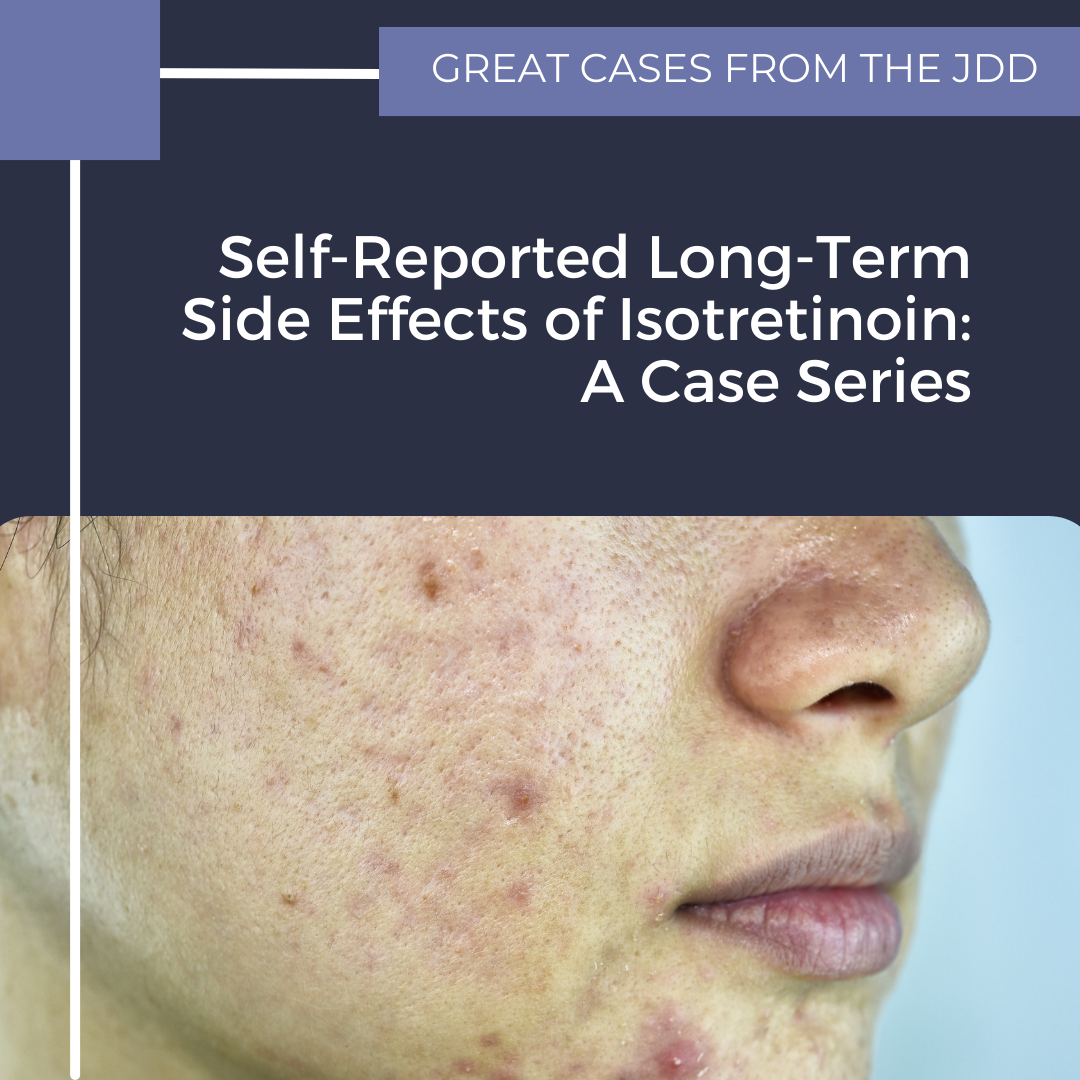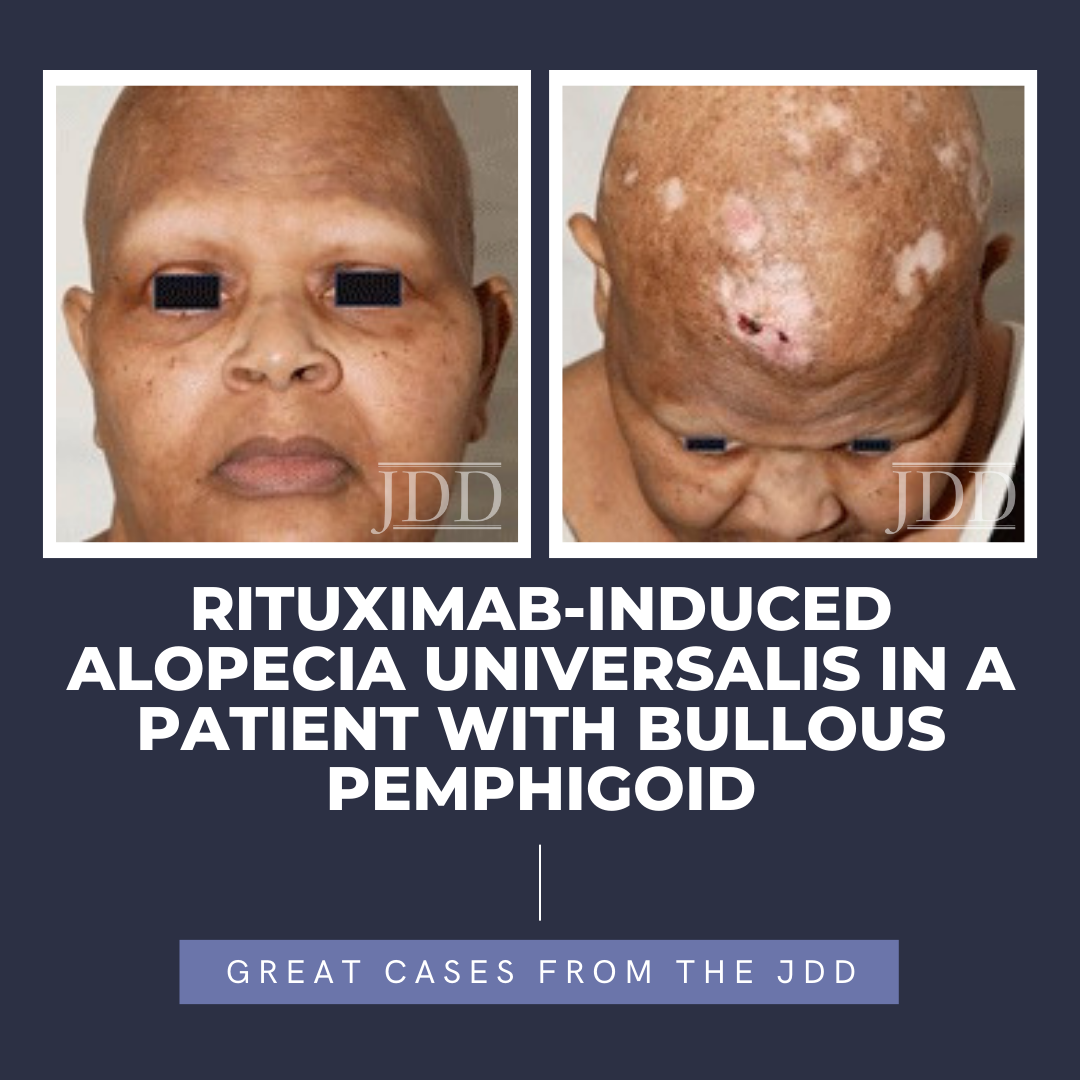JDD August 2023 Issue Highlights | Special Focus: Psoriasis
 With a special focus on the topic of psoriasis, check out highlights from the August issue of the Journal of Drugs in Dermatology (JDD) straight from the JDD Editor’s desk:
Consensus Statements on the Use of Corticosteroid-Containing Topical Medications in Psoriasis delves into the expert guidance provided by the Psoriasis Expert Group (PEG), encompassing nine crucial statements that offer com …
With a special focus on the topic of psoriasis, check out highlights from the August issue of the Journal of Drugs in Dermatology (JDD) straight from the JDD Editor’s desk:
Consensus Statements on the Use of Corticosteroid-Containing Topical Medications in Psoriasis delves into the expert guidance provided by the Psoriasis Expert Group (PEG), encompassing nine crucial statements that offer com …
 With a special focus on the topic of psoriasis, check out highlights from the August issue of the Journal of Drugs in Dermatology (JDD) straight from the JDD Editor’s desk:
Consensus Statements on the Use of Corticosteroid-Containing Topical Medications in Psoriasis delves into the expert guidance provided by the Psoriasis Expert Group (PEG), encompassing nine crucial statements that offer com …
With a special focus on the topic of psoriasis, check out highlights from the August issue of the Journal of Drugs in Dermatology (JDD) straight from the JDD Editor’s desk:
Consensus Statements on the Use of Corticosteroid-Containing Topical Medications in Psoriasis delves into the expert guidance provided by the Psoriasis Expert Group (PEG), encompassing nine crucial statements that offer com … Continue reading "JDD August 2023 Issue Highlights | Special Focus: Psoriasis"


 Check out this month’s issue highlights straight from the JDD Editor’s desk:
Assessing Implicit Bias in Dermatology analyses the results of a survey conducted with 220 dermatologists to determine the necessity for enhanced training and resources in order to support the increasingly diverse population.
Modified Fitzpatrick Scale-Skin Color and Reactivity presents a new system that can hel …
Check out this month’s issue highlights straight from the JDD Editor’s desk:
Assessing Implicit Bias in Dermatology analyses the results of a survey conducted with 220 dermatologists to determine the necessity for enhanced training and resources in order to support the increasingly diverse population.
Modified Fitzpatrick Scale-Skin Color and Reactivity presents a new system that can hel …  In this brief communication, JDD authors T. Roxana Ghadimi BS, Michael J. Martinez BS, and Evan A. Rieder MD present self-reported long-term, remote side effects to isotretinoin that dermatologists must be aware of.
INTRODUCTION
Isotretinoin is considered the gold standard treatment for severe nodulocystic acne, though it has been the subject of controversy in the media for concerns relate …
In this brief communication, JDD authors T. Roxana Ghadimi BS, Michael J. Martinez BS, and Evan A. Rieder MD present self-reported long-term, remote side effects to isotretinoin that dermatologists must be aware of.
INTRODUCTION
Isotretinoin is considered the gold standard treatment for severe nodulocystic acne, though it has been the subject of controversy in the media for concerns relate …  The June issue of the Journal of Drugs in Dermatology (JDD) features original articles with topics ranging from pediatric acne, rosacea, androgenetic alopecia, precision medicine, infantile hemangiomas, and many more. Check out this month’s issue highlights straight from the JDD Editor’s desk:
The Many Faces of Pediatric Acne: A Practical Algorithm for Treatment, Maintenance Therapy, and …
The June issue of the Journal of Drugs in Dermatology (JDD) features original articles with topics ranging from pediatric acne, rosacea, androgenetic alopecia, precision medicine, infantile hemangiomas, and many more. Check out this month’s issue highlights straight from the JDD Editor’s desk:
The Many Faces of Pediatric Acne: A Practical Algorithm for Treatment, Maintenance Therapy, and …  Alopecia areata is a CD8+ T-lymphocyte driven autoimmune disorder leading to reversible hair loss. While most commonly presenting as isolated well-demarcated non-cicatricial alopecic patches on the scalp, subtypes of alopecia areata include alopecia totalis with loss of all scalp hair and alopecia universalis with complete loss of all body hair. Although primarily an idiopathic condition, several …
Alopecia areata is a CD8+ T-lymphocyte driven autoimmune disorder leading to reversible hair loss. While most commonly presenting as isolated well-demarcated non-cicatricial alopecic patches on the scalp, subtypes of alopecia areata include alopecia totalis with loss of all scalp hair and alopecia universalis with complete loss of all body hair. Although primarily an idiopathic condition, several …